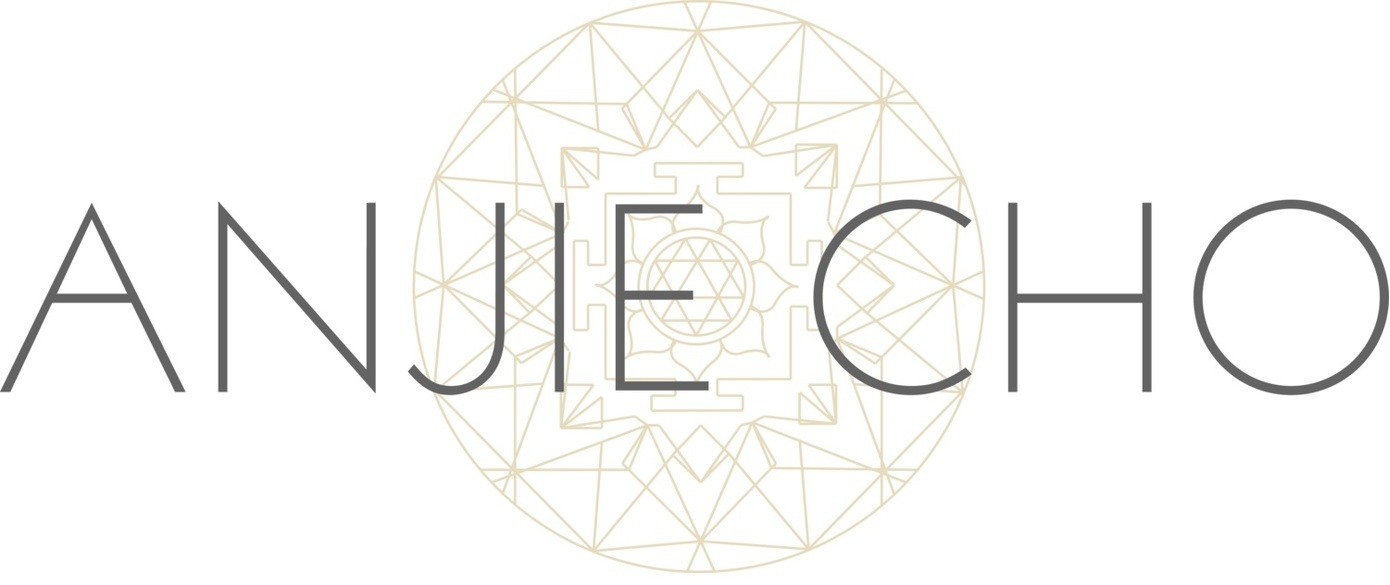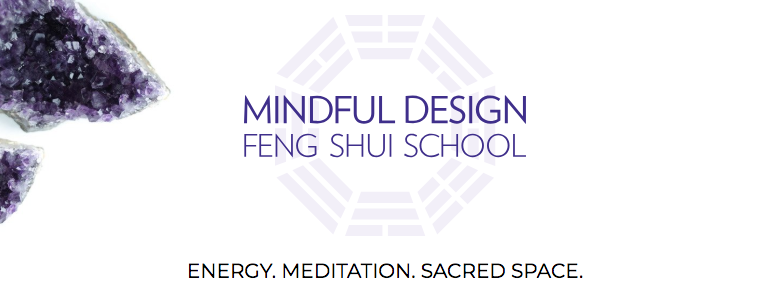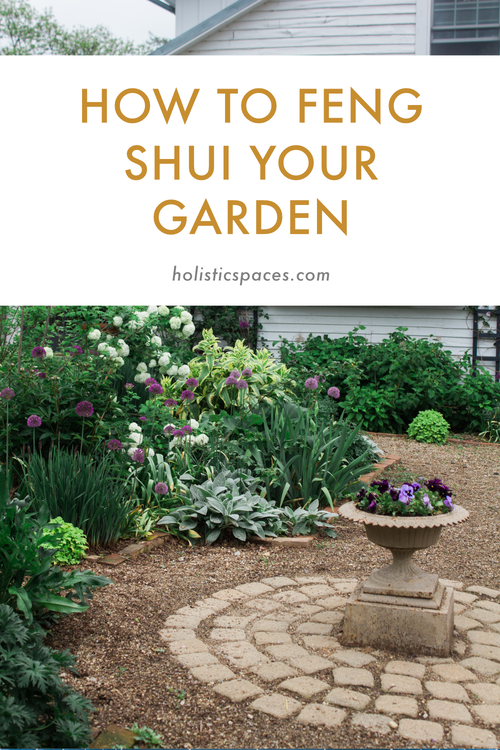Photo by Tomoko Uji on Unsplash
Do you have any feng shui tips for spring?
This is very timely since we’re welcoming spring in the Northern Hemisphere, where I’m located!
There is actually an area of the feng shui bagua map that’s related to springtime: the Family or New Beginnings area, called Zhen in Chinese.
Zhen is connected to new beginnings of any kind, family matters, as well as the season and energy of spring. It’s represented by the colors blue and green, the number three, and tall, columnar shapes (like the trunk of a tree). It’s also related to the element of yang wood. To get a sense of yang wood energy, imagine a new blade of grass pushing out of the soil.
In winter, our focus is more interior and we often don’t go out a lot. In spring, we start to come out of our shells a bit more. You can visualize the energy of a sprout pushing through a seed’s shell. Another way to imagine this is a butterfly coming out of its chrysalis. It has transformed inside the chrysalis, and is now ready to emerge in its new state. This is the type of energy we’re welcoming in the spring.
This is also part of the energy of Zhen position. Zhen is a great area to activate in your home if you have trouble starting new things, if you want support in starting a new project, or if you want to invite more harmony in your family.
When I teach my students, we work with something called the Nine Star Path, which starts with the number three. Three represents new beginnings. One and two are the parents, and three is the child, the number of creation and creativity.
If you’re new to feng shui, or if you want to reset your home, you can activate this area by placing something with intention in Zhen position. This can be a green plant, a water fountain, a crystal, or anything that resonates with you and represents new beginnings.
I hope you all have a beautiful beginning to the spring!
Thanks for reading our "Q&A Sunday". If you have personal questions, we encourage you to check out Practical Feng Shui or hire one of Anjie's Grads.
If you’d like to learn more about feng shui, check out Mindful Design Feng Shui School at: www.mindfuldesignschool.com






